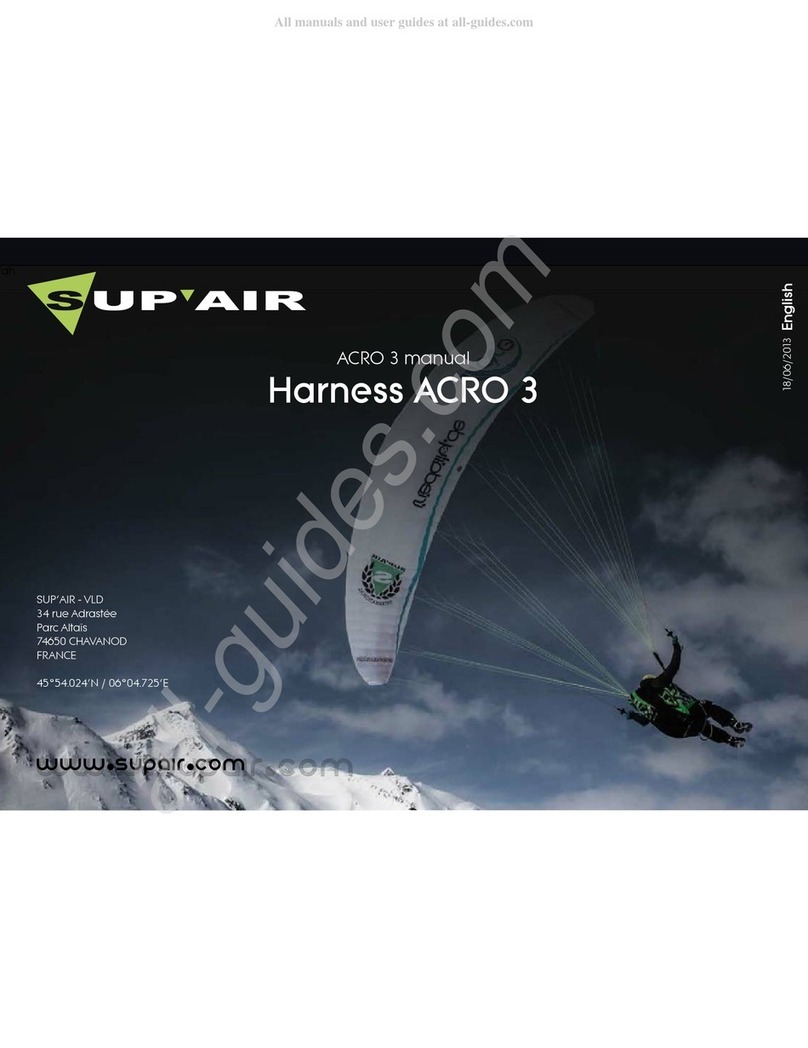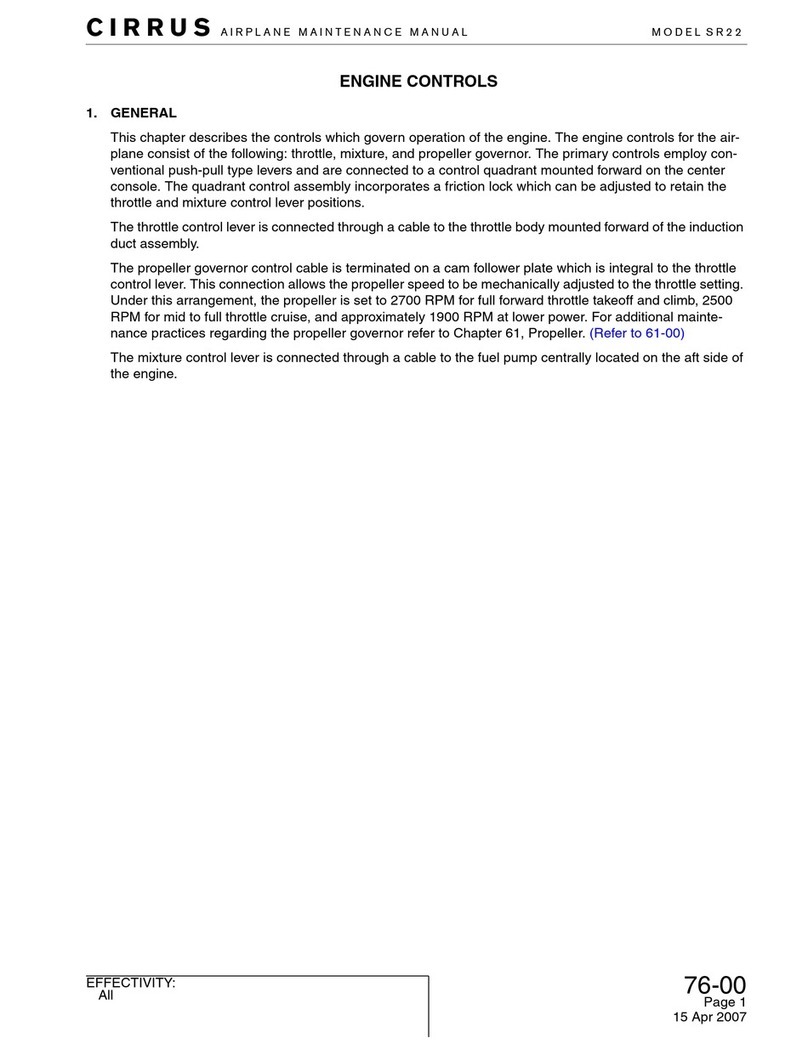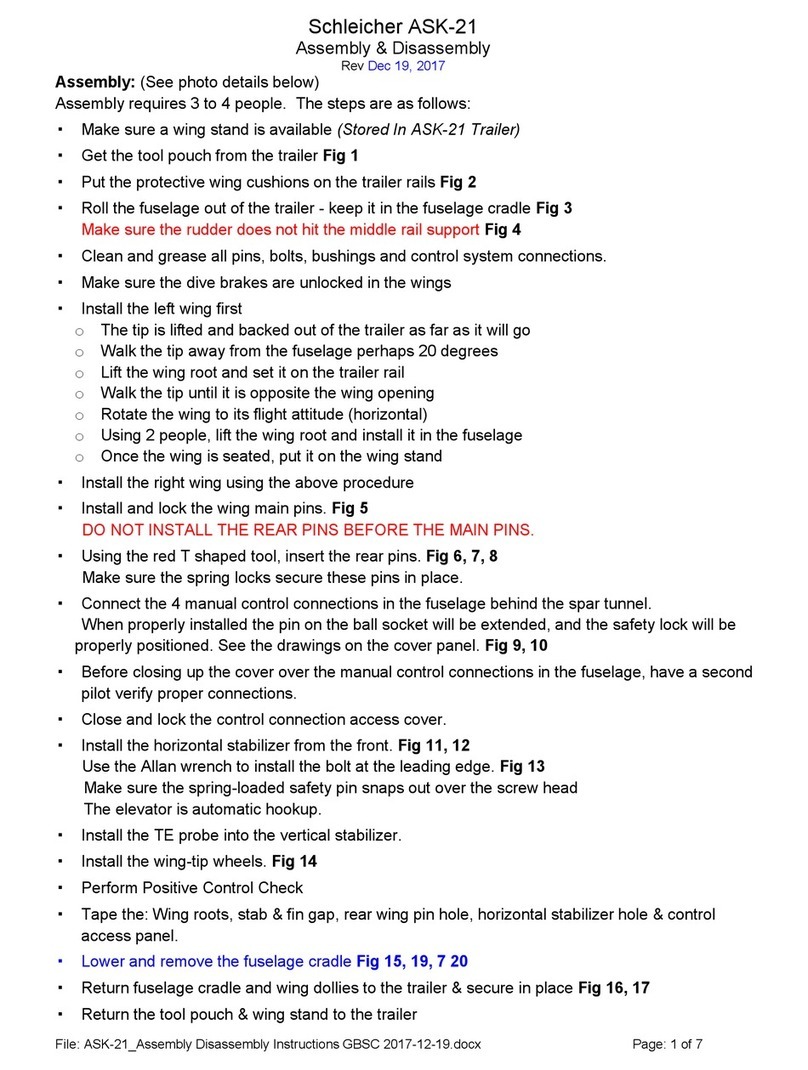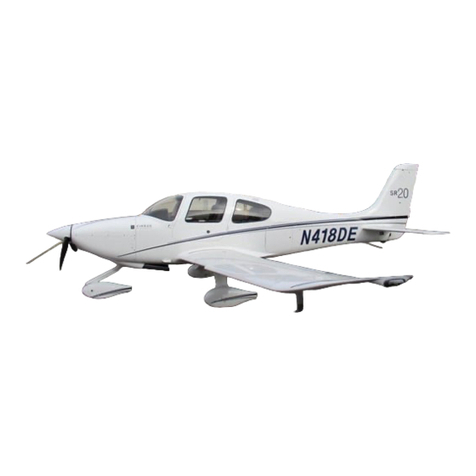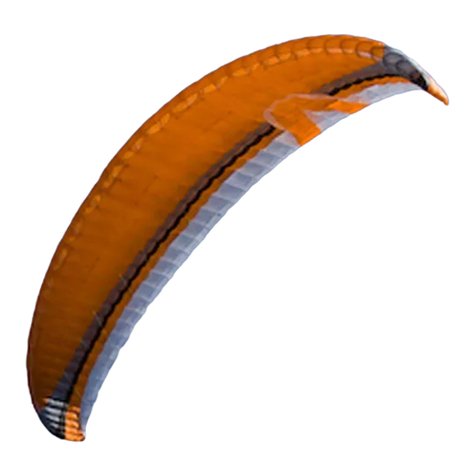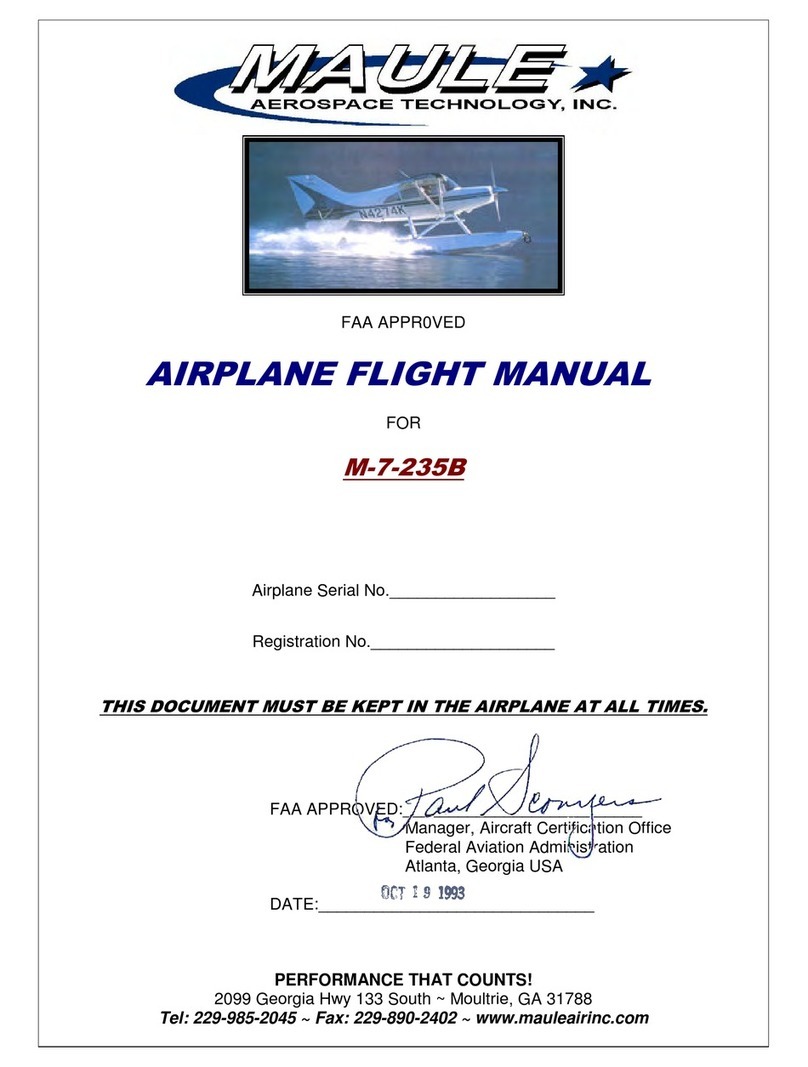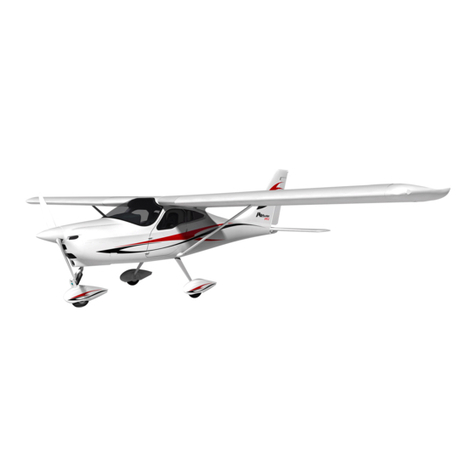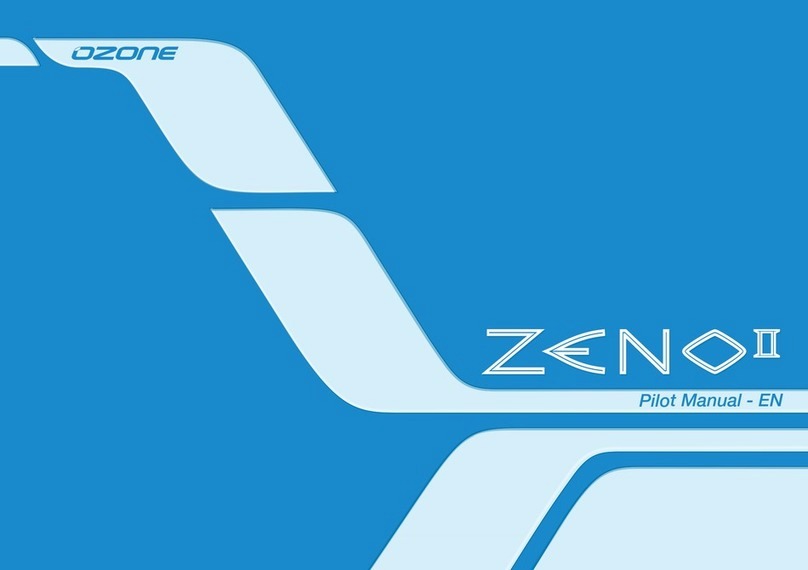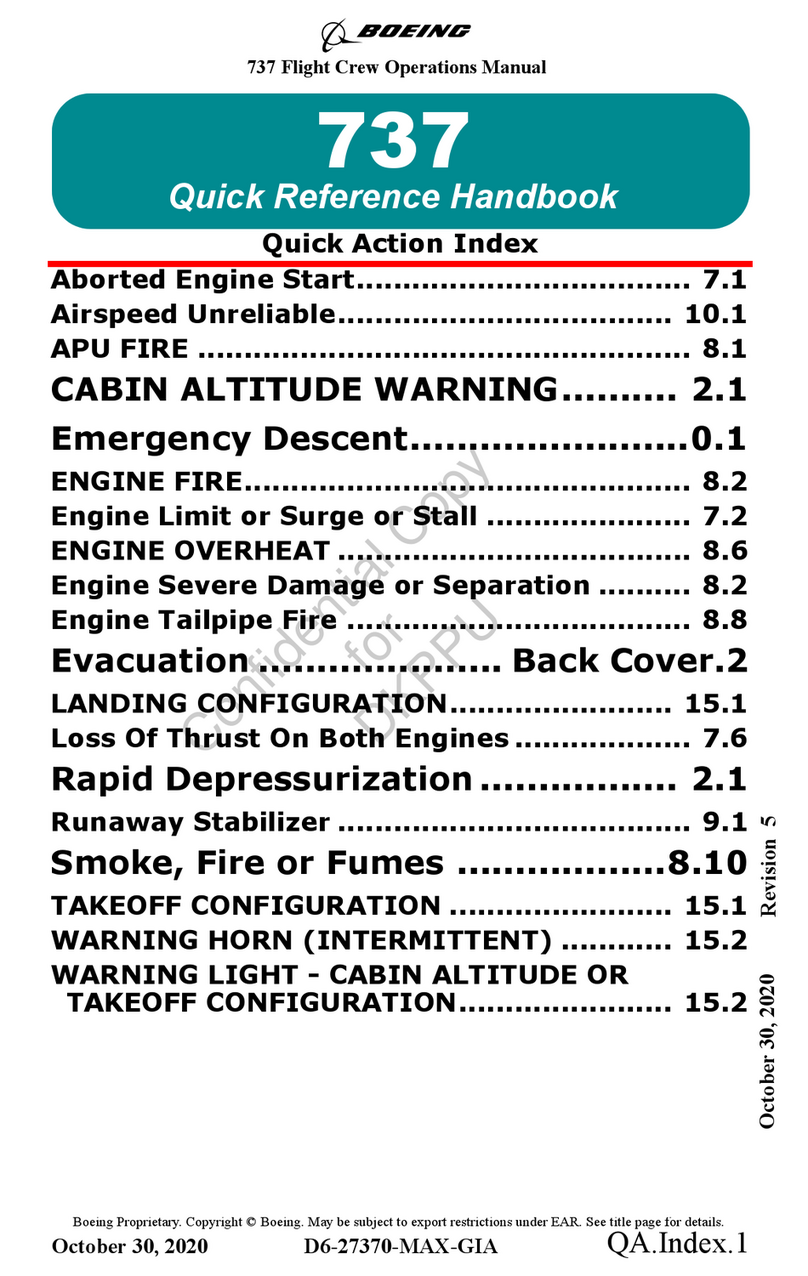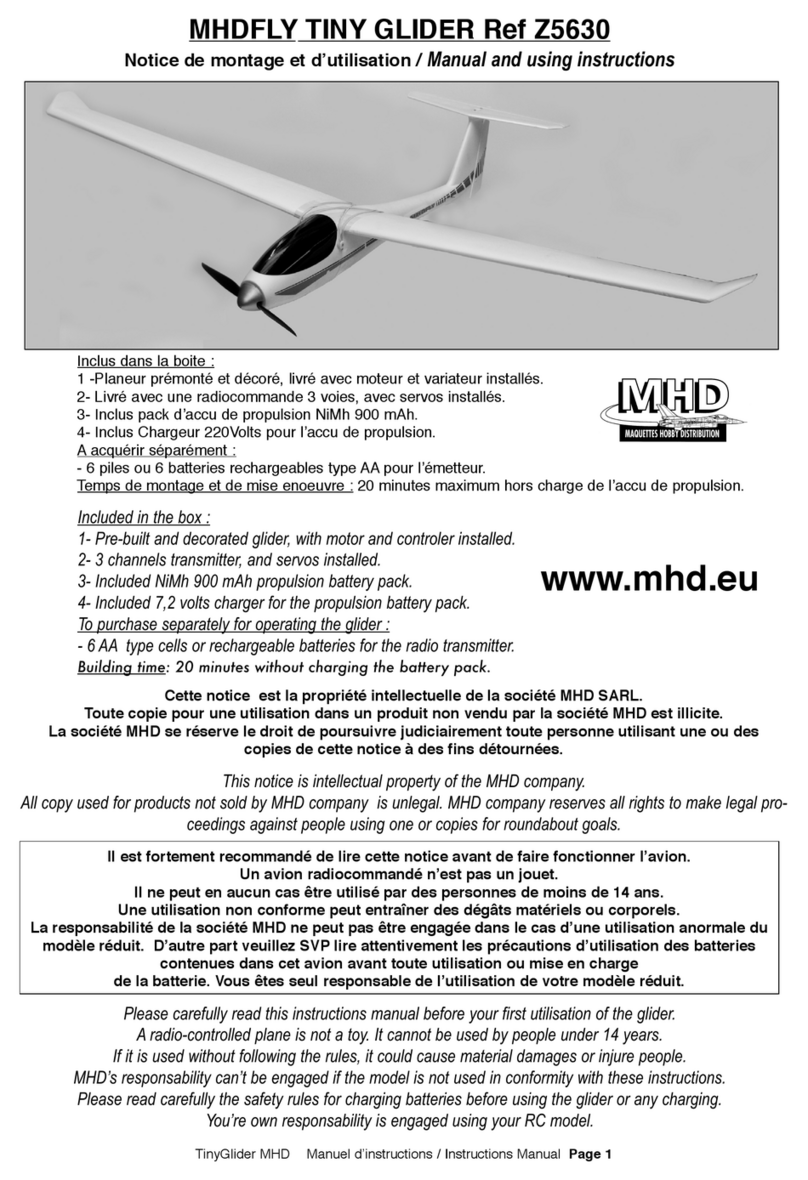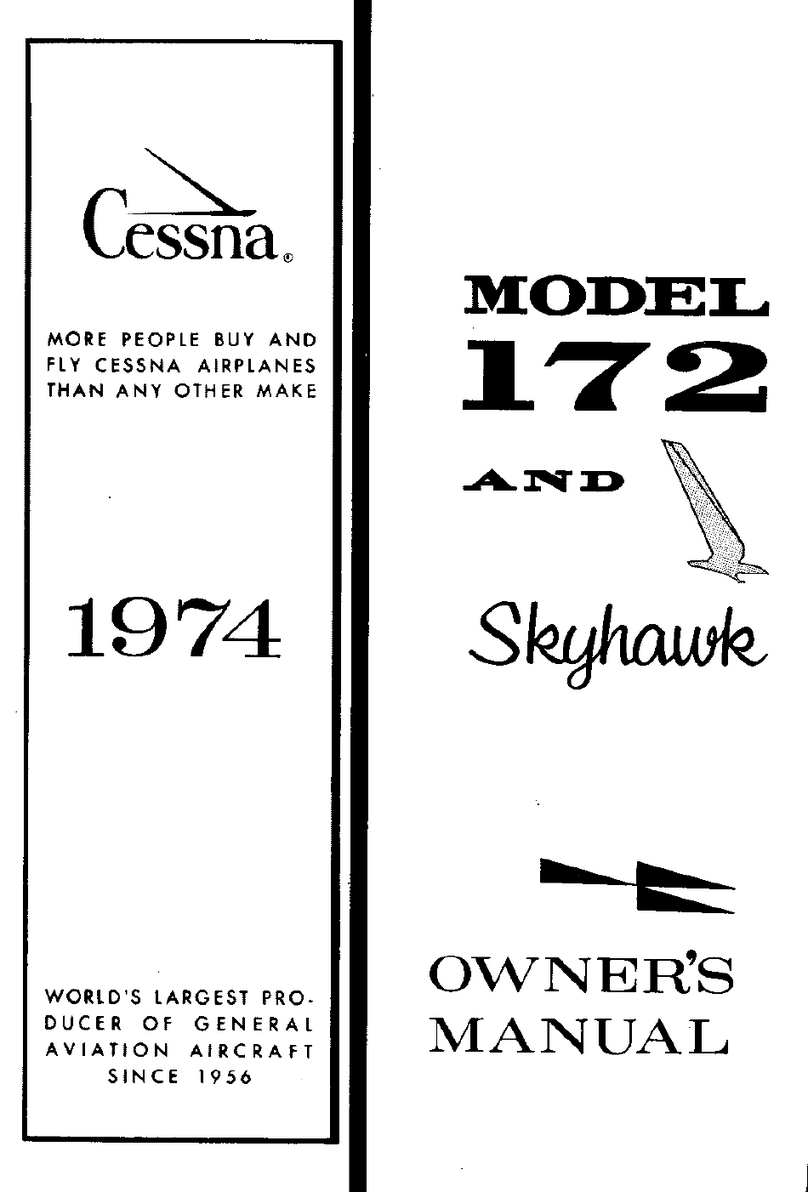SUP’AIR MINIMAX 3 User manual
Other SUP’AIR Aircraft manuals

SUP’AIR
SUP’AIR LEAF2 User manual

SUP’AIR
SUP’AIR BIRDY User manual

SUP’AIR
SUP’AIR LEAF3 User manual
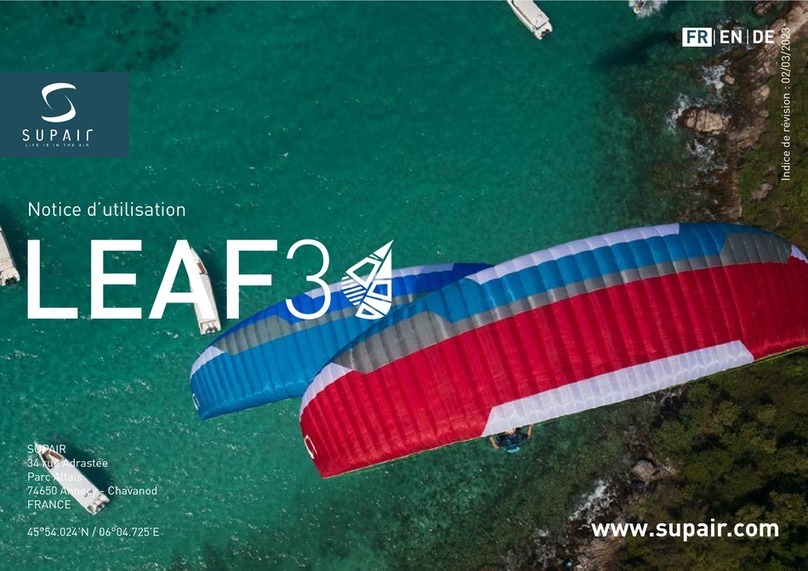
SUP’AIR
SUP’AIR LEAF3 User manual

SUP’AIR
SUP’AIR DELIGHT3 User manual
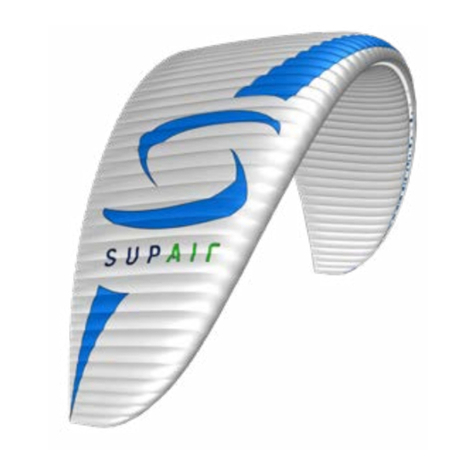
SUP’AIR
SUP’AIR Wild Series User manual

SUP’AIR
SUP’AIR TASKA User manual
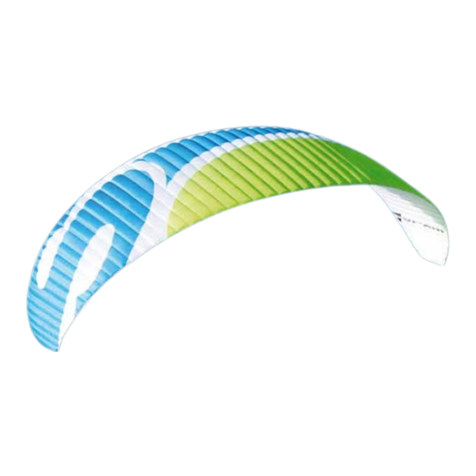
SUP’AIR
SUP’AIR SORA tandem User manual
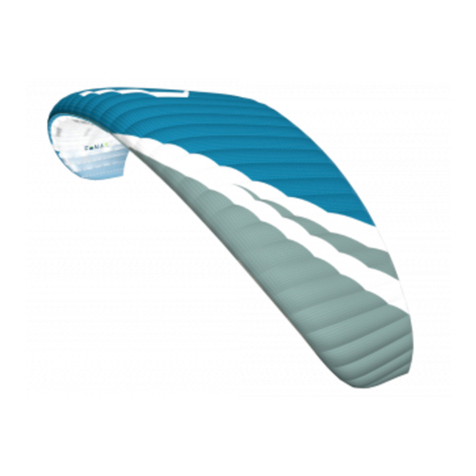
SUP’AIR
SUP’AIR EONA 3 User manual
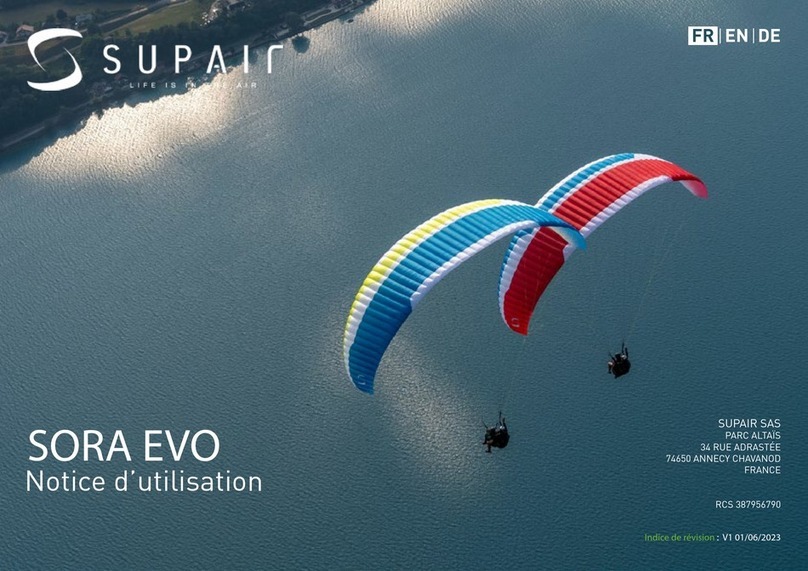
SUP’AIR
SUP’AIR SORA EVO 38 User manual
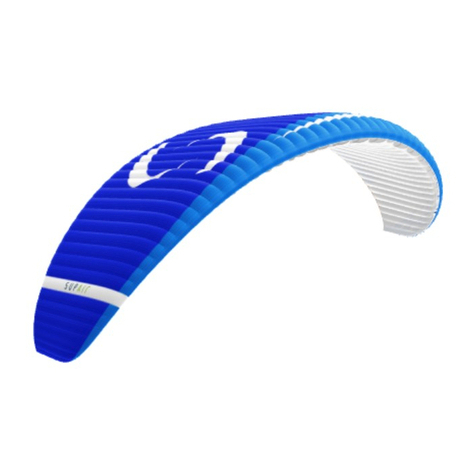
SUP’AIR
SUP’AIR SORA2 User manual
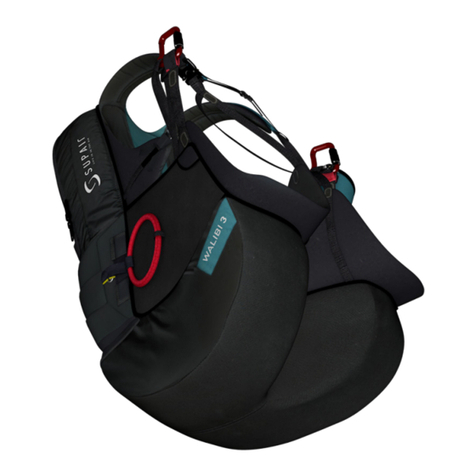
SUP’AIR
SUP’AIR WALIBI 3 User manual

SUP’AIR
SUP’AIR EIKO2 User manual

SUP’AIR
SUP’AIR SAVAGE User manual

SUP’AIR
SUP’AIR Radical3 User manual

SUP’AIR
SUP’AIR FLUID LIGHT User manual
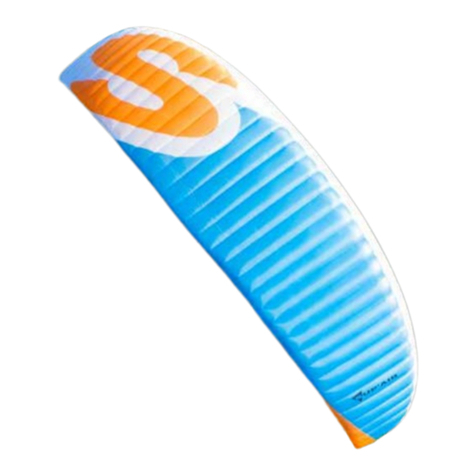
SUP’AIR
SUP’AIR Eiko 20 User manual

SUP’AIR
SUP’AIR XA 13 User manual
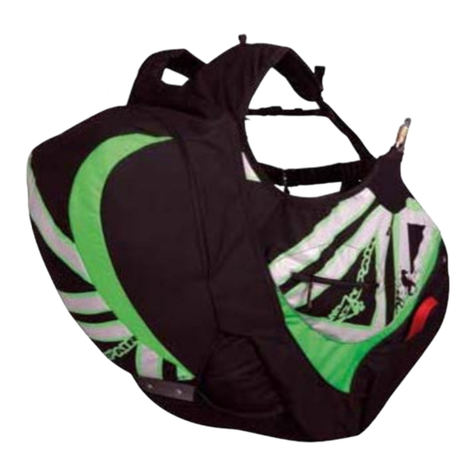
SUP’AIR
SUP’AIR Harness ACRO3 S User manual
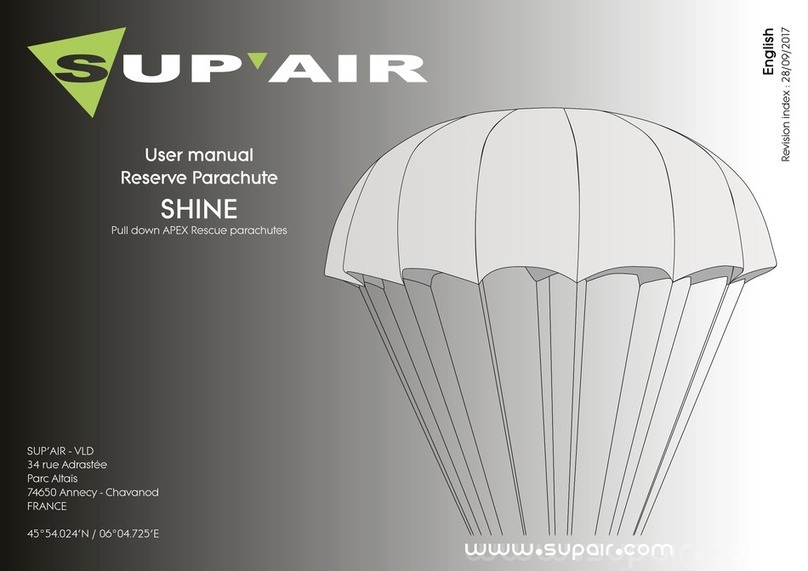
SUP’AIR
SUP’AIR SHINE User manual
